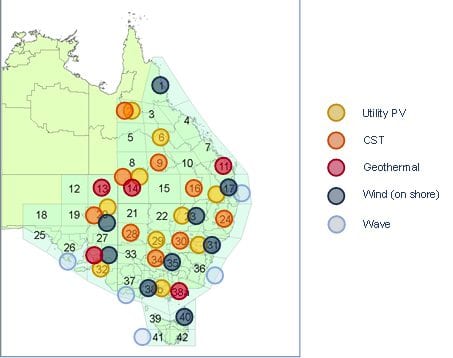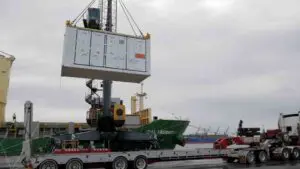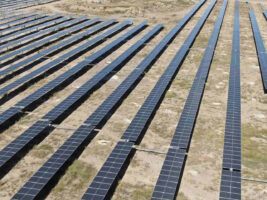The Australian government quietly released the final version of the 100% renewables scenario prepared by the Australian Energy Market Operator on Friday – a report commissioned by The Greens but which has been shrouded in controversy over the way it was managed.
The Greens wanted two questions to be addressed by the AEMO report: firstly, is it possible to achieve a 100% renewables scenario by 2030 or 2050. And secondly, how much will it cost, and how much that compares to business as usual.
The answer to the first question was – yes, it can be achieved. And that is a crucial development. Even through the report is, as it admits, very hypothetical, it is an important first step . The difficulties with transforming to a low carbon future are mostly economic, rather than technical.
The answer to the first part of the second question is between $219 billion and $332 billion over 20 or 40 years, according to the AEMO figures. But it is an unsatisfactory answer because it does not include elements that could make it more expensive (grid upgrades, land acquisition, closure of incumbents), some whacky technology cost estimates (the predicted 2050 cost of solar exceeds what most other countries are already achieving in 2013), and because it includes no comparison with business as usual. Just to add a little context, network upgrades in the last five years have totalled around $45 billion)
The comparison with business as usual is the crucial element, because between 2030 and 2050, all current generation will need to be replaced. If the likes of Bloomberg New Energy Finance are right, then solar and wind are already cheaper than new coal and gas, and could account for 46 per cent of generation by 2030. As the ANU’s Andrew Blakers pointed, a simple cost substitution could see fossil fuels replaced by renewables by 2040. The fact that the AEMO was instructed not to consider cost comparisons with fossil fuels suggests the government was uncomfortable with such conclusions.
But we know the answer anyway. AEMO tells us that the wholesale price of electricity will range from $111 to $133/MWh depending on the scenario – getting to the target by 2030 or 2050, and depending on the rate of economic growth and energy consumption. That figure is twice the current wholesale price of electricity, which sounds scary.
But what is not considered is the price of new fossil fuels, and the impact of a carbon price – which between 2030 and 2050 could be significant if the world is serious about tackling climate change. AEMO says new transmission network infrastructure would add another $6-$10/MWh. The Greens note that the wholesale price of electricity by 2030 is expected to be around $110/MWh anyway, according to Treasury estimates, on a largely business-as-usual government policy scenario.
The impact on consumer electricity prices would be an increase of between 6.6c/kWh and 8.5c/kWh, AEMO says. That’s about a 25 per cent increase, less than the increase experienced by most Australian consumers as a result mainly of grid upgrades in recent years.
Missing from the AEMO equation is the extent to which network business models may change with the proliferation of rooftop solar and storage, and the migration to a predominantly distributed rather than a centralised model. That’s not surprising as no-one knows how that will pan out, although various studies point out that distributed generation will save billions in avoided transmission costs.
As for what mix is envisaged in the AEMO document, it suggests that no single technology will dominate the fuel mix, and it suspects that it will rely on a significant amount of biomass that could drive open cycle turbines to fill in the “weather gaps”. It notes that biomass will not compete with food crops, but could compete with other industries such as timber.
And here is a rough guide as where some of these technologies might be sited. AEMO says between 2,400 to 5,000 square kilometres of land will be needed, although some of that will be dual-use, as wind farms operate happily with existing farming activities. In practice, RenewEconomy would assume there would be more “distributed” generation closer to demand than is indicated here.
Finally, here are the cost estimates. Again, solar seems to get a raw deal from AEMO estimates, as the solar thermal estimates seem way ahead of expectations, and the solar PV estimates for 2050 – for rooftop PV and utility scale PV – is what is already being achieved in many European countries, according to a recent report by Deutsche Bank. The cost of utility scale solar in Australia is likely to fall dramatically once the plants actually get built, and the costs of maintenance, construction and finance fall.













